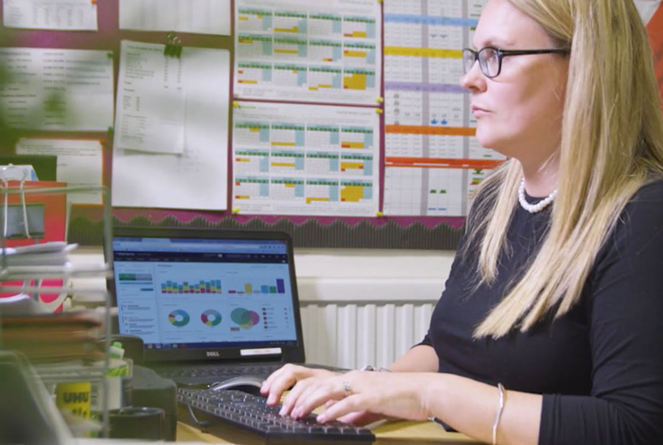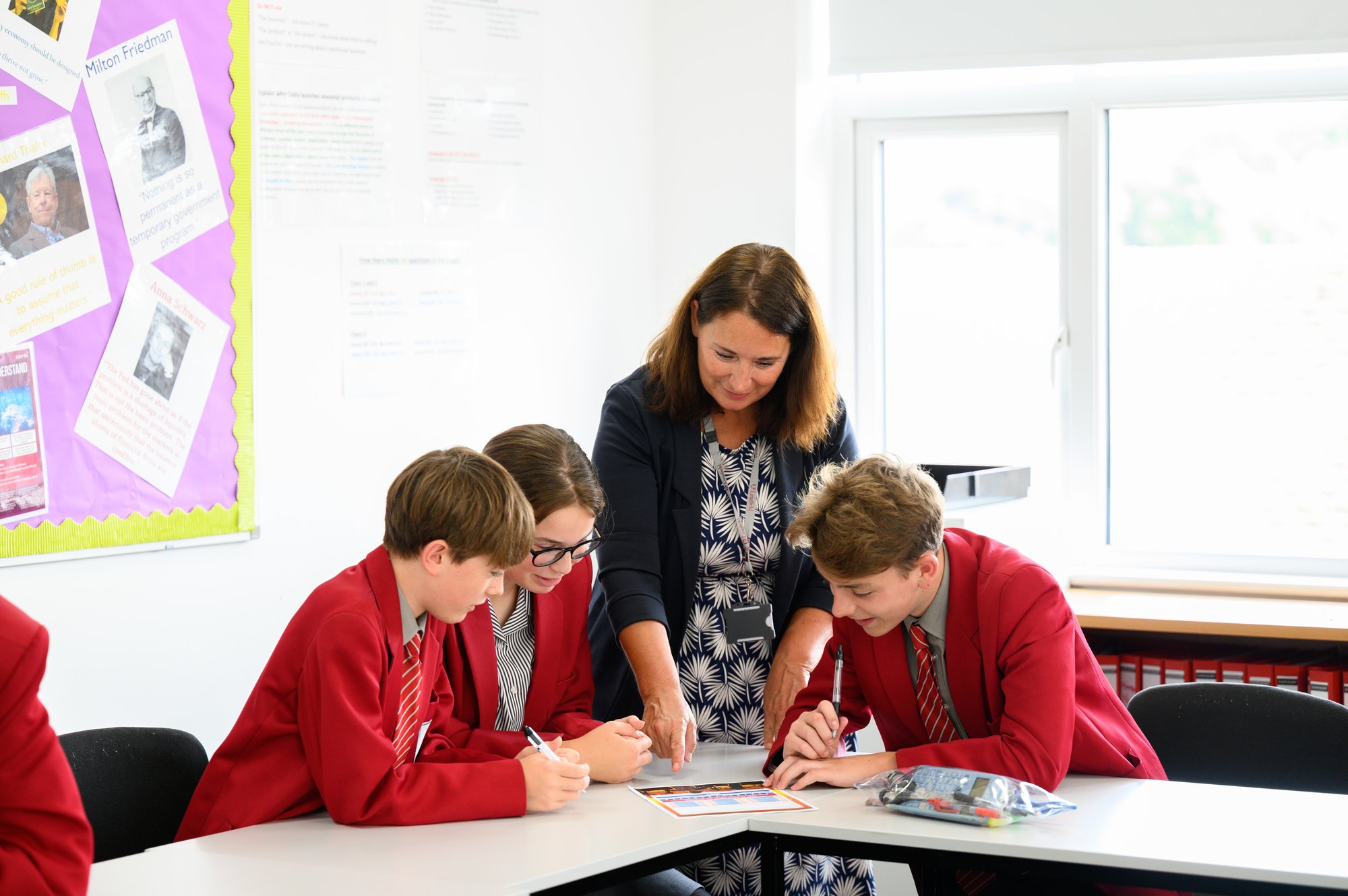The Transition from KS2 to KS3
In the next in our series of blogs on The Reading Framework (DfE July 2023), we examine elements of Section 13 entitled Supporting Pupils’ Reading in KS3.
Most pupils enter secondary school as fluent and skilled readers who can cope with the volume and complexity of reading within the KS3 curriculum. However, many pupils, particularly those who did not reach the expected standard at the end of KS2, may need additional support in KS3. It is essential that these pupils are identified quickly and that appropriate measures are put in place.
Identifying Pupils at Risk of Reading Failure
Where positive transition arrangements are in place, secondary schools will already have a range of information about their Year 7 intake. The pupils will have spent some time in their new school, and staff will have visited their primary settings. Details regarding the results of KS2 SATs, other assessment outcomes and any areas of concern will have been passed on to the secondary school. If pupils need SEND support, this information should also have been shared with the new school. Once the term is underway, many schools choose to carry out additional tests and tasks to establish their own baseline for pupils.
All the above will help identify pupils likely to struggle with reading at secondary school. It is essential to discover the precise nature of the difficulties and inform all staff who teach the pupils of the additional support they might require. For example, a pupil who struggles with decoding may benefit from being partnered with a more able reader along with a phonics intervention; pre-teaching keywords and providing visual clues may help someone who has limited vocabulary; and presenting information in chunks and checking for understanding will be important for pupils with poor comprehension skills. Be alert to pupils who read fluently and with expression but find drawing information from a text difficult.
The importance of reading fluency has been explored in an earlier blog, ‘Developing Reading Fluency in Schools’. In the remainder of this blog, we will take a quick look at two other aspects of reading – phonics and reading comprehension.
Phonics in KS3
Phonics is the foundation of reading, so understanding our alphabetic system and how it works is essential. As Gill Jones, Ofsted Deputy Director for schools and education, wrote in April 2022:
Regardless of age, special educational need or background, the same knowledge of the alphabetic code and phonics skills underpins all reading. This blog from GOV.UK, Supporting secondary school pupils who are behind with reading may give you some guidance.
The challenge is that most of these pupils will have spent their primary years being taught to read using phonics, and if this has not worked for them so far, what will ensure they finally grasp the elusive alphabetic code and become readers? Diagnostic assessment is key to discovering the precise nature of their difficulties. Do they recognise a range of different graphemes, and if so, can they apply that knowledge when reading continuous text? Do they have the skills they need to blend words? What are the specific gaps in their knowledge?
Once gaps have been identified, a systematic synthetic phonics intervention which addresses the specific needs of the individual should be put in place. Encouraging pupils to ‘chunk’ common letter patterns may help improve their reading accuracy, for example, at, ing, and. Repetition and overlearning are essential here. An important element is the knowledge and skills of those working with the pupils – do they have a good understanding of phonics and how to teach it? If not, then appropriate training must be a priority.
Reading Comprehension
Reading comprehension is a complex process requiring many different strategies which need to be taught and modelled specifically. Activating prior knowledge, prediction, the ability to summarise and monitoring reading to ensure it makes sense are all important strategies. We need pupils to be active readers who think about and question what they read. Suggested activities are:
- Provide a text with a few errors, such as inconsistencies and things that don’t make sense. Can the pupils spot the errors?
- Ask them to summarise a book, character, chapter, etc., within a given number of words. Do they include all the key information?
- Provide a text with unresolved events – what questions do they want to ask, what might happen next?
- Ask pupils to explain and elaborate on a few words and phrases from the text to check their understanding of vocabulary
- If the context of the text is unfamiliar to pupils, spend time explaining it to pupils first – research shows that background knowledge is key to understanding a text.
Another option would be to implement the Inference Training intervention, a successful and established intervention for KS2 and KS3 pupils who struggle to understand what they read.
More information can be found here: Inference Training - The School Psychology Service. Contact training@junipereducation.org if you are interested in using this intervention in your school.
Conclusion
It is essential to ensure that struggling readers in KS3 are given the time and support they need to help them overcome their difficulties. Their weaknesses need to be identified, and appropriate and effective action should be put in place as soon as possible for them to access the full curriculum.
The following course provided by Juniper Education offers further support and ideas for teaching: Struggling Readers in KS3.


/Primary%20school%20.jpg?width=2000&name=Primary%20school%20.jpg)








.png?width=940&height=788&name=Lingfield%20College%20Case%20Study%20(5).png)
-1.png?width=1000&height=833&name=National%20Association%20of%20Head%20Teachers%20(3)-1.png)
-3.png?width=1080&height=1080&name=Untitled%20design%20(10)-3.png)







